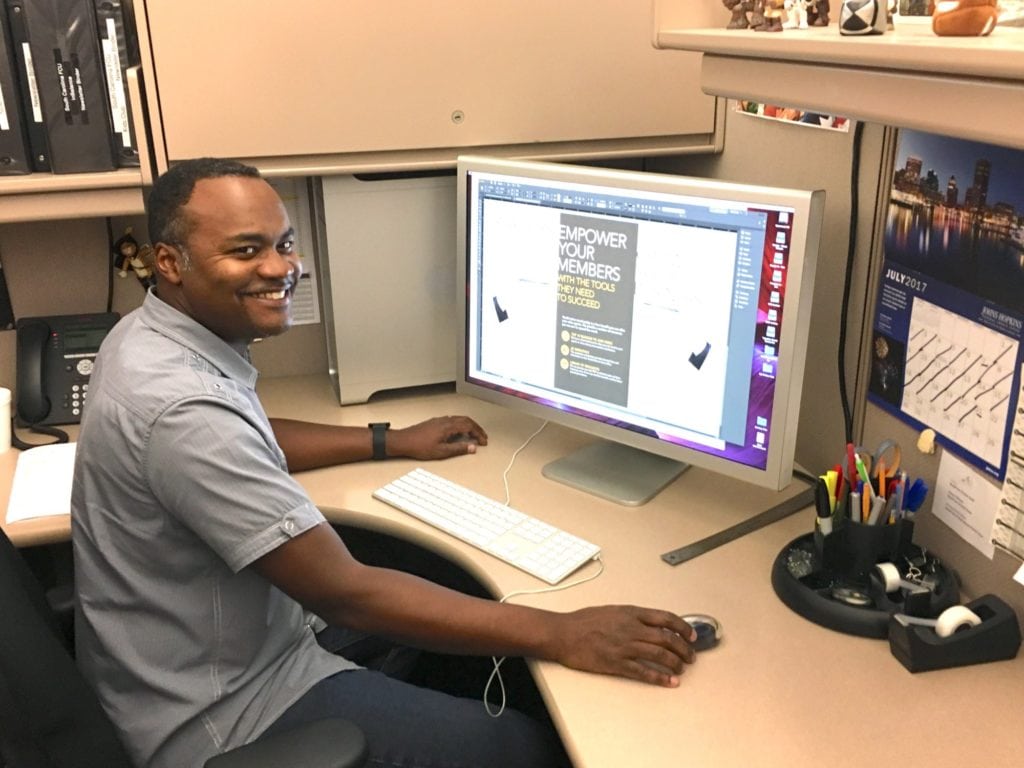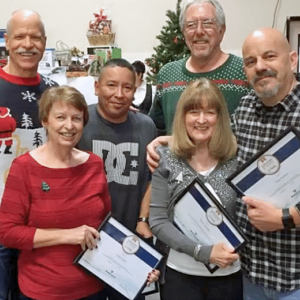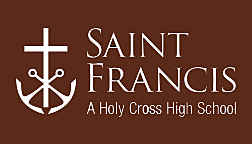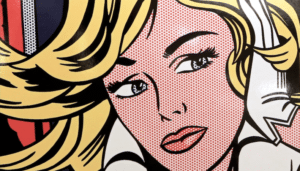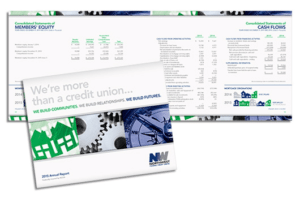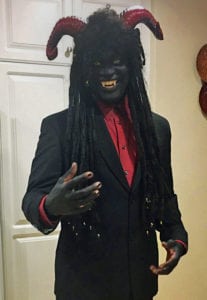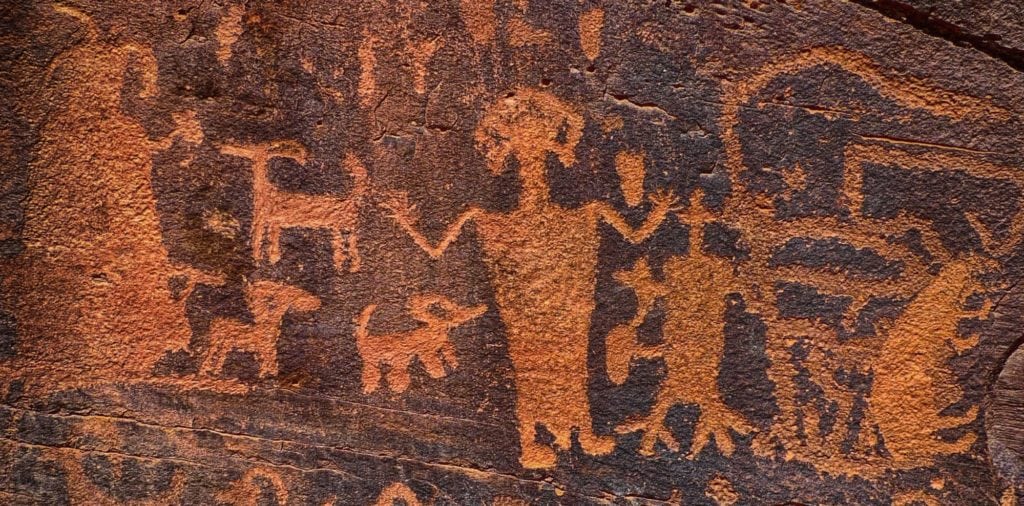
 Since the 1950s marketers have followed the producer-oriented model of marketing. This model is commonly referred to as the 4Ps: product, placement, price, and promotion. Some marketers have expanded on this model. I’ve seen references to 5, 6, or even 8 Ps. I’d like to add my own “P” to the list.
Since the 1950s marketers have followed the producer-oriented model of marketing. This model is commonly referred to as the 4Ps: product, placement, price, and promotion. Some marketers have expanded on this model. I’ve seen references to 5, 6, or even 8 Ps. I’d like to add my own “P” to the list.
I believe, due to the ever-expanding list of products found on today’s store shelves, packaging should be added to the list.
You may say that packaging falls under the promotion section of the producer-oriented model. I’d say, that with the ever-growing design, print, and finishing capabilities available to brands today, packaging needs a category all to itself.
The History of Package Design
As long as humans have been buying, selling and trading goods there has been a need for packaging. If you were part of a hunter and gatherer society, you may hav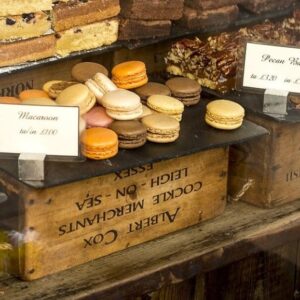 e kept the nuts and berries you collected in a gourd or a hollowed out piece of wood. You could then transport your goods and exchange them with other individuals you came into contact with.
e kept the nuts and berries you collected in a gourd or a hollowed out piece of wood. You could then transport your goods and exchange them with other individuals you came into contact with.
If you lived in ancient Greece, you may have seen urns painted with images of vines heavy with grapes and you’d know that the urn contained wine.
The concept of branding dates to the late 1800s when products were shipped in wooden crates and “branded” with the manufacturer’s name. We’re talking about a custom-made branding iron heated and then used to burn the name of the company into the wood crate. This ensured that there would be no confusion between both the shippers and receivers of the products.
Manufacturers soon realized that while these branded wooden crates were in transport they were advertising and branding their product. As times change so, too, has package design and manufacturing.
Throughout history packaging’s primary purpose was to protect the product during transportation. The advances of machine produced products during the Industrial Revolution led to an increase in production and thus an increase in the number of products available to the consumer. Thus, today, packaging is called upon to do more, including differentiating one product from another.
Package Design and Manufacturing
Research shows that today’s consumers are faced with more than 20,000 choices within a 30-minute shopping session. Thus packaging is more important now than ever.
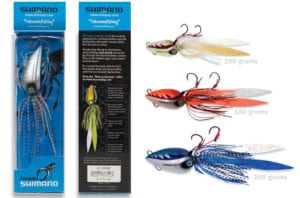 Brands need packaging that protects their product. At the same time that packaging must attract and inform consumers of the advantages of the product inside the package. And, in today’s connected world, the packaging needs to lead to an online experience.
Brands need packaging that protects their product. At the same time that packaging must attract and inform consumers of the advantages of the product inside the package. And, in today’s connected world, the packaging needs to lead to an online experience.
For effective package design, it would be advantageous for a brand owner to work with a single source package manufacturer that can provide structural and digital design, email, web creative content, print and direct mail, and administrative support for a comprehensive marketing campaign.
For example, a single source package manufacturer will have an on-site structural design center that will assess the brand owner’s needs and build a one-of-a-kind custom solution unique to the brand’s product, message, and method of delivery.
The package manufacturer’s on-site structural design center should include high tech computer-aided design capabilities so the brand owner can actually see a prototype of the packaging long before it goes into final production. They will also be able to try different options and solutions to see which works best for their product.
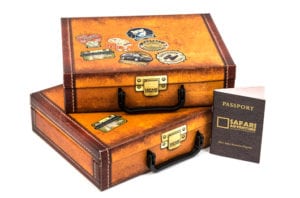
More important than the equipment, the package manufacturer must have gifted structural designers that can take the concept from idea to fruition. This is where the magic happens. Clientsappreciate working with our talented structural design team here at Westamerica. Whether it’s a promotional kit, a retail display, a pop-up card, a custom product package – or anything in between, we make the process easy from start to finish. With our background in traditional printing, we create designs that are not just attention-getting, but also efficient and cost-effective to manufacture.
Using a single source package manufacturer for both design and manufacturing will ensure that the printing and finishing capabilities of the equipment will be exploited to the fullest. For brand owners who work with us here at Westamerica, this includes a variety of coating techniques, unusual and unique substrates like wood, plastic, and more. In this way, we provide a finished package with both form and function.
The Internet of Things and Packaging
 In today’s connected world packaging can take consumers to places never dreamed of before. This is why a brand owner needs to work with a single source package manufacturer that can provide a consistent message on both the packaging and the online experience. This may include dedicated landing pages, email responses, or any number online possibilities that can connect consumers with brands through packaging or point of sale displays.
In today’s connected world packaging can take consumers to places never dreamed of before. This is why a brand owner needs to work with a single source package manufacturer that can provide a consistent message on both the packaging and the online experience. This may include dedicated landing pages, email responses, or any number online possibilities that can connect consumers with brands through packaging or point of sale displays.
The next time you’re looking to take a new product to market and you’re reviewing the producer-oriented model of marketing be sure to remember that package design is an integral part of the marketing process.

